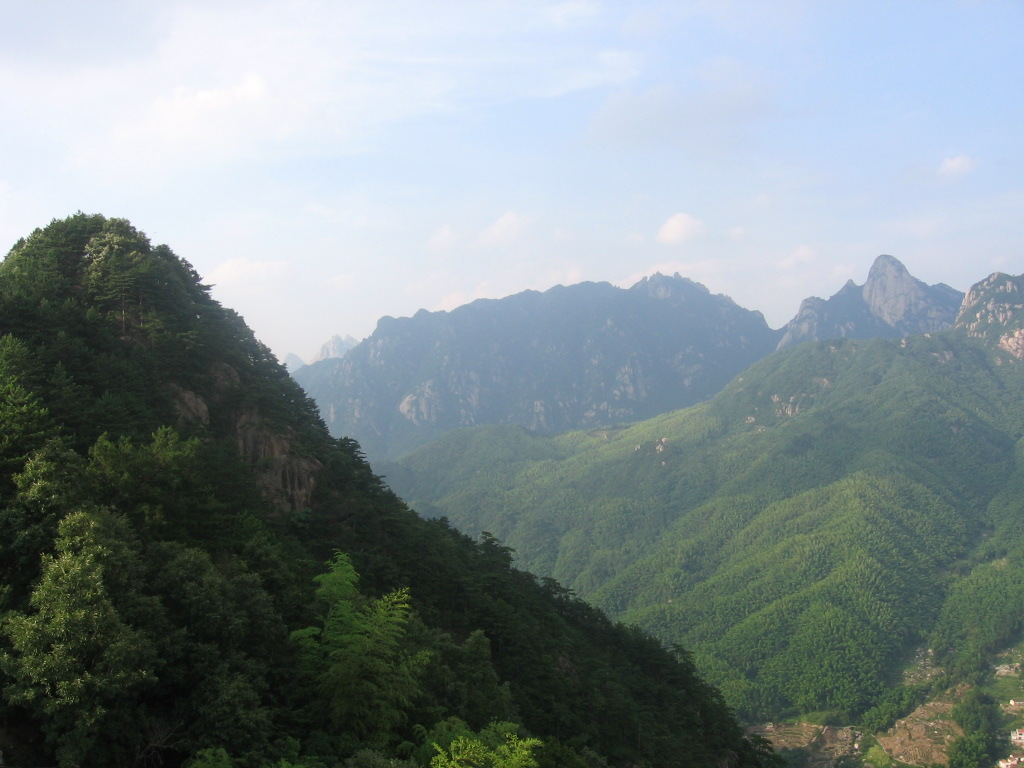The Asahi Shimbun summarizes current statistics on hikikomori in Japan in an article titled “Hikikomori rate highest in 40s, yet support targets youth.” The article is thorough in examining the statistics, including all prefectures, most major cities, and many local governments. In Nagano Prefecture, for example, older hikikomori constitute over 63 percent of all hikikomori.
Japan’s adult hikikomori
While traditionally the hikikomori of Japan have been defined as adolescents and young adults, a recent Japan government study reports that over half a million additional recluses are adults. An editorial in the Japan Times summarizes the issue:
“A recent Cabinet Office estimate that there are some 613,000 people aged 40 to 64 who have shut themselves up at home without working or interacting with others outside of their family over an extended period confirms that the issue of hikikomori (recluse), which used to be deemed a problem mainly among adolescents and youths, has been spreading among the middle-aged population.”
URL: https://www.japantimes.co.jp/opinion/2019/04/05/editorials/measures-needed-address-social-recluse-problem; https://asia.nikkei.com/Economy/Japan-s-middle-aged-recluses-reveal-lasting-damage-of-hiring-ice-age; https://mainichi.jp/english/articles/20180430/p2a/00m/0na/011000c
Hikikomori newspaper

In an article titled “Japan’s Most Interesting Newspaper is for Recluses, by Recluses,” the website Atlas Obscura reports on a Japanese newspaper addressed to and run by hikikomori, the young urban recluses of Japan.
“Naohiro Kimura, a 34 year old from Tokyo, launched Hikikomori Shimbun (Hikikomori News) in November 2016, after emerging from a decade spent as hikikomori, when he couldn’t bring himself to take his law school entrance exams and instead shut himself in to study. Hikikomori Shimbun, which publishes every alternate month, profiles individual hikikomori and provides news and resources for recluses and their parents, such as a list of events and support groups focused on reintegrating this collective of outcasts.”
URL: https://www.atlasobscura.com/articles/japanese-men-who-dont-leave-home
Japanese island hermit removed
The 82-year old Japanese hermit Nasafumi Nagasaki, living on a deserted island for 29 years, was first noted in this blog in March 2014. News.au.com is the first source with an update.
Nasafumi Nagasaki became famous as the “naked” hermit because the island of Sotobanri is deserted, and the loss of many of his possessions in a typhoon convinced him to go about without clothes. His intended two-year stay became 29 years. He received occasional visitors, chiefly curious Western media, and unknown friends bringing supplies, though he foraged and built his own homestead. In a visit, island-watcher Alvaro Cerezo learned from Nagasaki how passionate the latter was about staying on the island and dying there. Nagasaki told him: “In civilisation people treated me like an idiot and made me feel like one. On this island I don’t feel like that.” … “Here, on the island I don’t do what people tell me to do, I just follow nature’s rules. You can’t dominate nature so you have to obey it completely.”
But suddenly Nagasaki is no longer on his beloved island. He was apparently observed by an island passerby to be weak and sick and he was removed by authorities to the nearest city of Nishigaki, where he now lives in government housing. He was, perhaps, temporarily ill, but then fully recovered, nevertheless authorities will not allow him to return.
Multiple URLs use this original source: https://www.news.com.au/lifestyle/real-life/true-stories/naked-hermit-who-lived-on-deserted-island-for-thirty-years-captured-brought-back-to-civilisation/news-story/cb26d68f95f682f86e04d339e11e1541
Japan hikikomori survey
Several media items from Japan cover a proposed survey of hikikomori by the Japanese government’s Health, Labor, and Welfare Ministry. From Japan Times:
The government has allocated ¥20 million from the fiscal 2018 budget to finance research for Japan’s first nationwide survey on middle-aged hikikomori — people who have shut themselves in their homes.
The survey, to take place in fiscal 2018 starting April 1, will be held amid growing calls for public assistance to help aged parents take care of their jobless, financially dependent and socially withdrawn children.
The survey will cover 5,000 randomly selected households with members aged between 40 and 59, to identify the total number of middle-aged social recluses in Japan.
URL: https://www.japantimes.co.jp/news/2018/01/07/national/japans-first-nationwide-survey-middle-aged-hikikomori-pipeline/#.WlvGO0tG3eQ (Japan Times); http://the-japan-news.com/news/article/0004166783 (Japan News); https://www.nippon.com/en/genre/society/l10718/ (Nippon.com)

